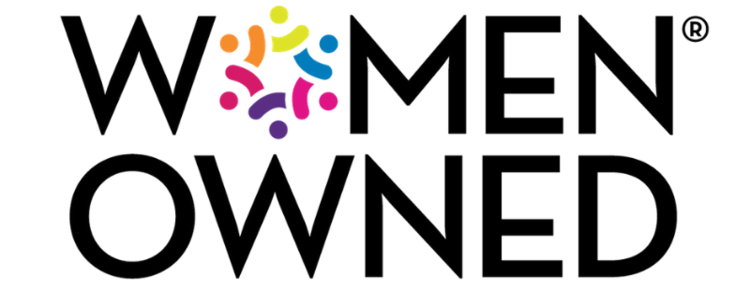Why are SOPs important?
SOPs map a path between where you are now and your desired outcome, allowing employees to follow steps that have been proven to work. They promote consistency, clarity, and repeatability. They reduce training and onboarding time. They also preserve institutional knowledge, so that if a key worker leaves the organization, their knowledge of what things get done at the organization won’t be lost with them.Ultimately, SOPs are an incredible tool for both risk mitigation and efficiency. When Standard Operating Procedures are written well, they can bridge the divide between employee activities and desired organizational outcomes. Here are 11 tips to write effective SOPs.
What types of SOPs are there?
Not all SOPs are alike, however. Most people think of SOPs as recipe-style step-by-step instructions that workers follow as though they were baking something. Often, that’s exactly what the organization needs out of an SOP, but not always! Other formats include:- Hierarchical. This is the next level of a standard step-by-step SOP. If each step has sub-steps, this makes for a more complicated process flow. A hierarchical SOP should distinguish and clarify not only the major steps for completing a process, but every sub-step involved as well.
- Job aid. This document is somewhat like a simplified SOP. Usually extending no more than a single page, if your team needs task-specific instructions and best practices to help them when completing specific jobs, a job aid is the right document.
- Flowchart. If a process or workflow requires employees to make choices, a flowchart can guide them through each choice and the actions they should take depending on that choice. Use this SOP type when a process has multiple branching decision points.
- Checklists. Even humble lists can also be a form of SOP; if employees must perform the same set of checks regularly (think cleanliness, safety, or security), organizing those checks into a checklist can save time and ensure no item gets missed.
- Wiki-style. Sometimes the information the SOP needs to convey isn’t an action guide, per se. Rather, it may be a knowledge document outlining best practices, policies, brand guidelines, or some other form of accumulated knowledge. If institutional knowledge of general best practices or just how things work at an organization needs to be preserved, wiki-style SOPs are excellent for that.
What do you need to know to produce different kinds of SOPs?
One of the biggest issues we see is this: rarely are people taught how to write an SOP. In many cases, those with the most knowledge about a process are tasked with writing them, but they may lack effective writing skills. Or technical writers may write the SOPs, but they lack the deep knowledge necessary to understand the process. There’s a wide variety of skills that go into producing effective SOPs, including process mapping, SOP type selection, writing and reviewing, and more.


